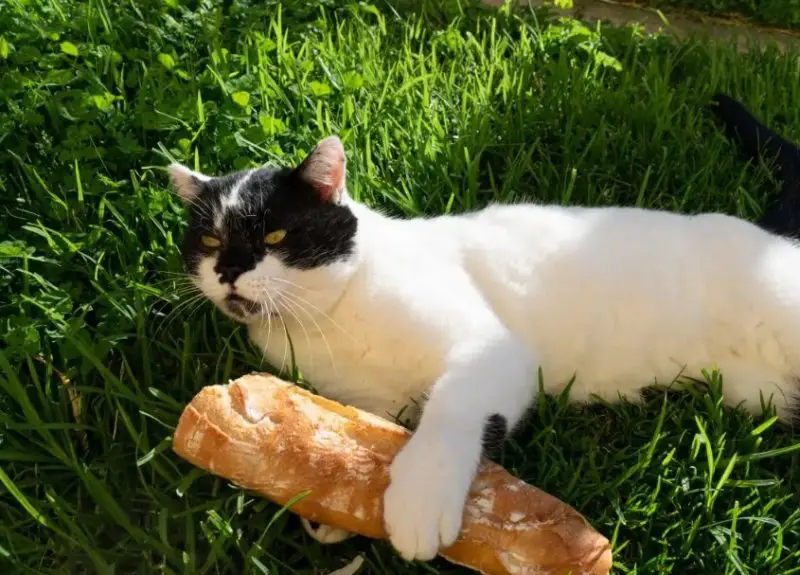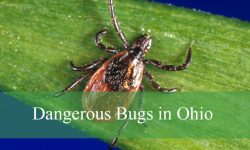Cats are naturally curious creatures, and as a cat owner, you might have wondered: Can cats eat bread safely? While bread is a staple in many human diets, it’s important to understand whether it’s suitable for your feline friend. While it might seem harmless to share a bite of your sandwich or toast, there are several factors to consider before allowing your cat to consume bread.
In this article, we will explore everything you need to know about feeding bread to cats, its potential risks and benefits, and expert recommendations to keep your pet safe and healthy.
Can Cats Eat Bread?

Yes, cats can eat plain bread in small amounts, but it should not be a regular part of their diet. While bread itself is not toxic to cats, it lacks the essential nutrients that cats require for a balanced diet. Cats are obligate carnivores, meaning their primary source of nutrition should come from meat-based proteins rather than carbohydrates like bread.
Unlike humans, who can digest a wide variety of foods, cats have a unique digestive system designed primarily to process proteins and fats. Their bodies lack the necessary enzymes to efficiently break down carbohydrates, making foods like bread less beneficial for them. Although a small bite here and there is unlikely to cause harm, excessive consumption of bread can lead to digestive issues and long-term health problems.
Nutritional Value of Bread for Cats
1. What’s in Bread?
Bread is primarily made up of flour, water, yeast, and sometimes sugar, salt, and fats. While these ingredients are generally safe for cats in minimal amounts, they don’t provide the necessary nutrition that cats need to thrive. The carbohydrate-rich nature of bread does not align with the dietary requirements of felines, and consuming too much may lead to unnecessary weight gain.
A slice of bread typically contains:
- Carbohydrates – While carbohydrates provide energy for humans, they are not essential for cats and may contribute to obesity if consumed frequently.
- Small amounts of protein – Although bread contains minimal protein, it does not offer the high-quality animal protein that cats need for muscle development and overall health.
- Minimal fat – Fat is a crucial energy source for cats, but the fats found in bread are often not the healthy kinds that benefit feline health.
- Trace vitamins and minerals – Bread may contain small amounts of vitamins and minerals, but these are not sufficient to meet a cat’s nutritional needs.
2. Does Bread Offer Any Benefits for Cats?
While bread does not offer significant nutritional benefits for cats, in rare cases, it can serve as a harmless treat if given occasionally. Some cat owners may use small pieces of bread to hide medication, as the soft texture can help mask pills. However, even in such cases, it is advisable to choose alternative methods, such as mixing medication with wet food or using specially designed pill pockets.
Potential Risks of Feeding Bread to Cats
1. Digestive Issues
Cats have a digestive system designed to process meat, not carbohydrates. Feeding too much bread may lead to:
- Upset stomach – Some cats may experience mild gastrointestinal discomfort after consuming bread, especially if they are not used to digesting carbohydrates.
- Vomiting or diarrhea – Overconsumption of bread can result in digestive disturbances, leading to symptoms such as vomiting or diarrhea.
- Gas and bloating – Some cats may develop bloating or excess gas if their digestive systems struggle to process the carbohydrates in bread.
2. High Carbohydrate Content
Bread is high in carbohydrates, which cats do not need in their diet. A high-carb diet can contribute to:
- Weight gain and obesity – Regular consumption of carbohydrate-rich foods can lead to excessive weight gain, which increases the risk of obesity-related health issues such as diabetes and joint problems.
- Diabetes – Feeding your cat too many carbohydrates over time can contribute to insulin resistance and increase the risk of developing feline diabetes.
- Reduced protein intake, leading to nutritional deficiencies – If bread is given too frequently, it may replace more nutritious foods, depriving cats of the essential proteins and nutrients they need for optimal health.
3. Harmful Ingredients
Not all bread is safe for cats. Some types of bread contain ingredients that can be toxic to felines, including:
- Garlic and onion bread – These ingredients can cause anemia in cats, leading to lethargy, pale gums, and serious health complications.
- Raisin bread – Grapes and raisins are highly toxic to cats and can cause kidney failure, even in small amounts.
- Chocolate or sweetened bread – Chocolate contains theobromine, which is highly toxic to cats, while artificial sweeteners like xylitol can lead to dangerous drops in blood sugar levels.
- Dough-based bread – Raw dough with yeast can expand in a cat’s stomach, causing bloating and potential alcohol poisoning from fermentation.
How Much Bread Can Cats Eat?
If you decide to feed your cat bread, it should only be given as an occasional small treat. A piece the size of a fingernail or a small corner of a slice is more than enough. Avoid making bread a regular part of their diet and always monitor your cat for any signs of digestive discomfort after consumption.
Safe Alternatives to Bread for Cats
Instead of feeding your cat bread, consider these healthier treat options:
- Cooked chicken or turkey – Provides high-quality protein and is easily digestible.
- Fish (cooked, boneless) – Offers essential omega-3 fatty acids that support skin, coat, and overall health.
- Pumpkin puree – A fiber-rich, safe treat that can aid digestion and help with hairball control.
- Commercial cat treats – Specially formulated to meet their nutritional needs, ensuring a balanced diet.
Frequently Asked Questions
1. Can Cats Eat Toast?
Yes, cats can eat plain toast in small amounts. However, just like regular bread, it offers little to no nutritional benefit. Avoid adding butter, jam, or other toppings, as they may contain harmful ingredients.
2. What Happens if My Cat Eats Too Much Bread?
If your cat consumes too much bread, watch for signs of digestive upset, such as vomiting, diarrhea, or bloating. If symptoms persist, contact your veterinarian immediately for advice.
3. Can Kittens Eat Bread?
Kittens have even more specific dietary needs than adult cats. Their bodies require high levels of protein and essential nutrients for growth. Bread does not provide these nutrients and should be avoided in a kitten’s diet.
4. What Should I Do If My Cat Eats Bread with Harmful Ingredients?
If your cat consumes bread containing toxic ingredients (such as raisins, garlic, or chocolate), contact your vet immediately. Symptoms of poisoning may include vomiting, diarrhea, weakness, and lethargy. Prompt medical intervention can be life-saving in such cases.
Conclusion: Should You Feed Your Cat Bread?
While plain bread is not toxic to cats, it has no real nutritional benefits and can lead to digestive problems if consumed in large quantities. The best approach is to keep bread as an occasional treat and focus on providing your cat with a balanced, protein-rich diet. If you ever have concerns about your cat’s diet, consult your veterinarian for expert advice.
By understanding the potential risks and limitations of feeding bread to cats, you can ensure your feline companion stays happy, healthy, and well-nourished.






